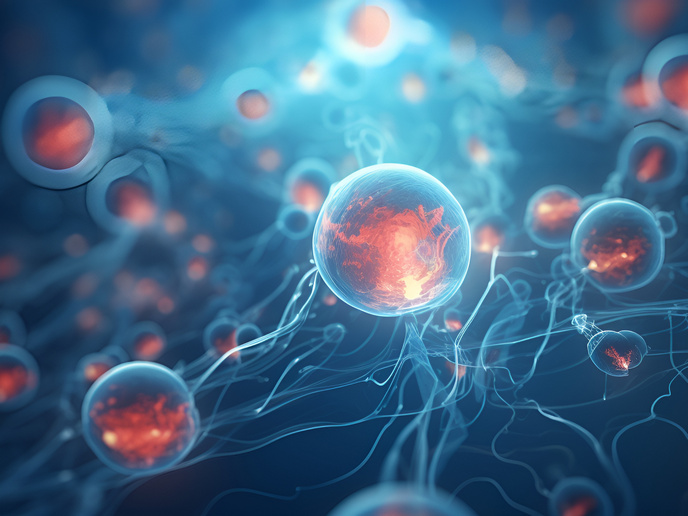Breaking gene silence
Post-transcriptional gene silencing involves the activation of RNA-induced silencing complexes (RISCs). RISCs have a central core of argonaute (AGO) proteins bound to the single-stranded (ss) guide small RNAs (sRNAs). RISCs target the appropriate guide sRNAs and inactivate them by cleavage or slicing. The EU-funded TIPTGSVSR (Biochemical characterization of RNA silencing mechanisms and their alteration by viral proteins in plant cell-free systems) project has looked into these molecular mechanisms. Using a recently developed cell-free system based on tobacco BY-2 protoplasts (BYLs), they have uncovered the intricate details of plant defence systems. The researchers compared the activity of AGO10 with that of AGO1 in translational repression (TR). Further optimisation of the experimental conditions should enable evaluation of TR activity of different AGO proteins. Successful viruses have evolved diverse mechanisms to avoid silencing. To combat RNA-mediated antiviral responses, many viruses encode viral suppressors of RNA silencing (VSRs) to facilitate their replication. Project scientists used a selection of viruses including the turnip crinkle virus (TCV) to identify the molecular targets and modes of action of VSRs. Research results suggest that RISC loading is one of the important steps targeted by VSRs. The team also developed an assay system to analyse dicing and its inhibition by VSRs. TCV capsid (the protein shell of the virus) protein P38 exhibited unique anti-dicing activity as well as RISC inhibition loading. Mutagenesis screening identified an arginine residue as being essential for the inhibition of RISC loading by P38. In dicing inhibition, affinity analyses showed that P38 directly interacts with double stranded RNA in BYLs. As a mechanism crucial to viral success and crop destruction, the researchers delved deeper into the molecular systems involved with P38. They found that P38 also interacts with sRNA and this is also an important part of viral defence. Further study on P38 action and interactions is recommended by the TIPTGSVSR project. In particular, analysis technologies such as mass spectrometry could be used to fill knowledge gaps not answered by classical genetic approaches. Further studies elucidating the secrets of successful crop viruses could help enhance food security and minimise resulting economic losses in all areas of agriculture.







